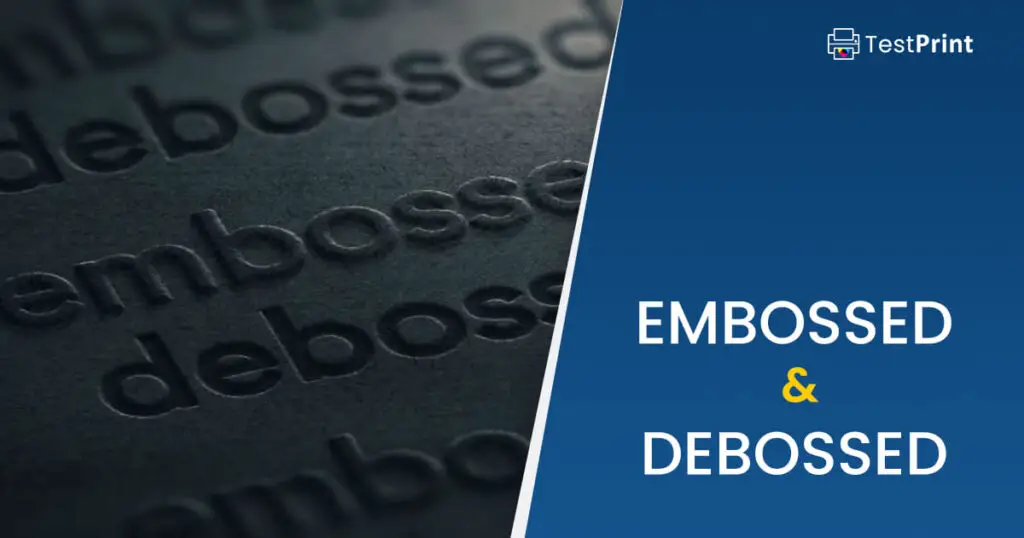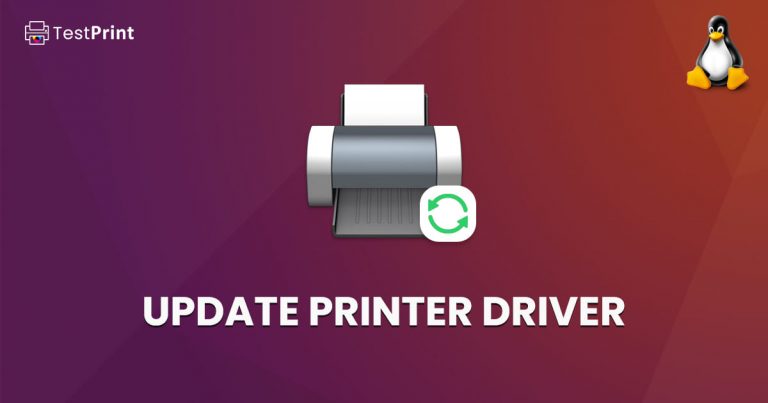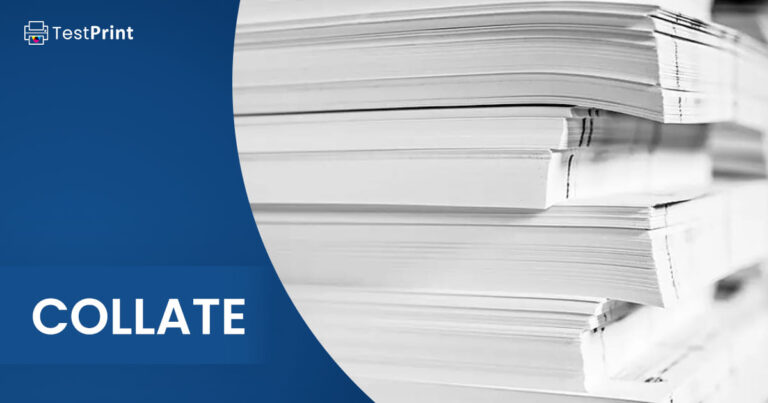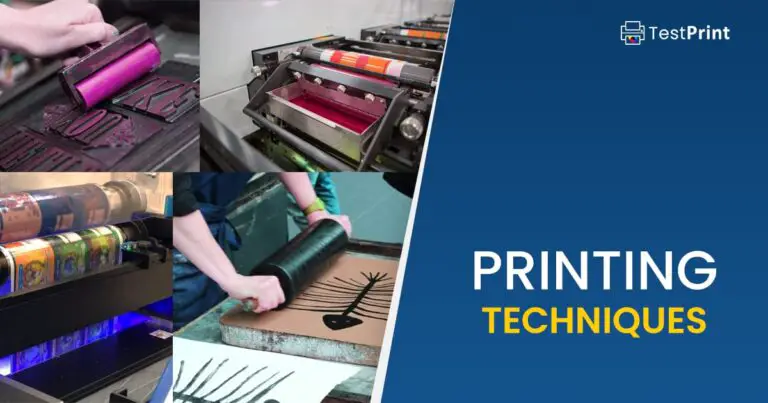Ever been handed a business card and noticed the slight 3D effect and texture of the printing on the card? Or perhaps you might have noticed the lettering on the card slightly pressed down, giving a sort of embedded effect.
Well, ladies and gentlemen, those features are only possible because of the debossing or embossing process used on them while printing.
In essence, both of these effects are a way to beautify your printing efforts, so that your readers can feel the elegance of a specific card, brochure, or other piece of paper when they run their fingers through the lettering or the images.
However, embossing and debossing both operate on slightly different principles when it comes to making your printed material stand out.
In this article, we will dive deep into both of these techniques, weed out their exact differences, to help you choose which technique suits your style best. So, without any further ado, let’s get straight into it.
What is Embossing?
Known as a design technique that’s used to give your printed stock a 3D design and texture, embossed design uses a metal plate die to slightly raise your print or card stock while images are being printed on it. This in turn causes the images to be slightly raised as well.
These slightly raised images and text give off a 3D effect to your material which obviously increases the card or paper’s appeal.
Embossing usually requires a heavier letter or card stock, as the two sets of dies operating on it can penetrate quite deep, sandwiching the paper in the process to create the 3D effect.
Using heavier paper stock has two distinct advantages:
- The paper itself won’t be crushed between the weight of the two dies.
- The depth and detail of the embossed printing will be appropriately highlighted.
What is Debossing?
Just like embossing, debossing is also a design technique that’s used to improve the design of an invite, business card, or brochure.
When it comes to actual technique though, debossing works in quite the opposite fashion. Instead of creating a 3D effect with any image, text, or logo, the intended image is pressed onto a piece of paper to create a depressed effect within the paper.
Once again, a die is used for this task as well, but instead of lifting the paper or cardstock up, this die pushes the front of the card down before the printing can take place to create that focus area.
Afterward, users can fill the debossed area with ink or leave it blank; whatever suits their design purposes.
We’d advise using heavier paper or card stock if you want to get debossing done right, as it allows you to show off the full details of the debossing that took place.
The Difference Between Embossing and Debossing in Printing

Even though both design techniques were created to fulfill roughly the same purpose, and that’s bringing attention to a specific section of your printed paper, there are a number of stark differences between the two design techniques.
Even setting aside their operational differences, i.e., the way in which both techniques use dies, there’s plenty that needs to be discussed:
- Embossing uses two separate dies to sandwich the paper to create that unique 3D effect on top, whereas debossing only uses one die from the front to create a depression, without affecting the bottom side of the paper.
- Embossing is usually a design choice to make a section of your paper more prominent and bring more attention. While debossing gives the entire paper a more classy, elegant feel.
- The indented area that’s left after debossing can be filled in with ink or foil stamped or even left blank. However, an embossed area has to be filled in or foil stamped as it won’t give off that unique 3D effect otherwise.
Uses of Embossing and Debossing
Though they’re both starkly different techniques with their own unique outcomes, both embossing and debossing can be used for the same purpose as their primary goal is to highlight or direct attention to a specific spot.
Now, the choice of going for embossing or debossing is totally up to your design choices and personal preferences.
Nonetheless, while we’re on the topic of discussing how the two techniques are similar, let’s also take a look at some of their uses when it comes to printing out different brochures, business cards, invites, or even bottle labels.
Focusing Attention on Important Information
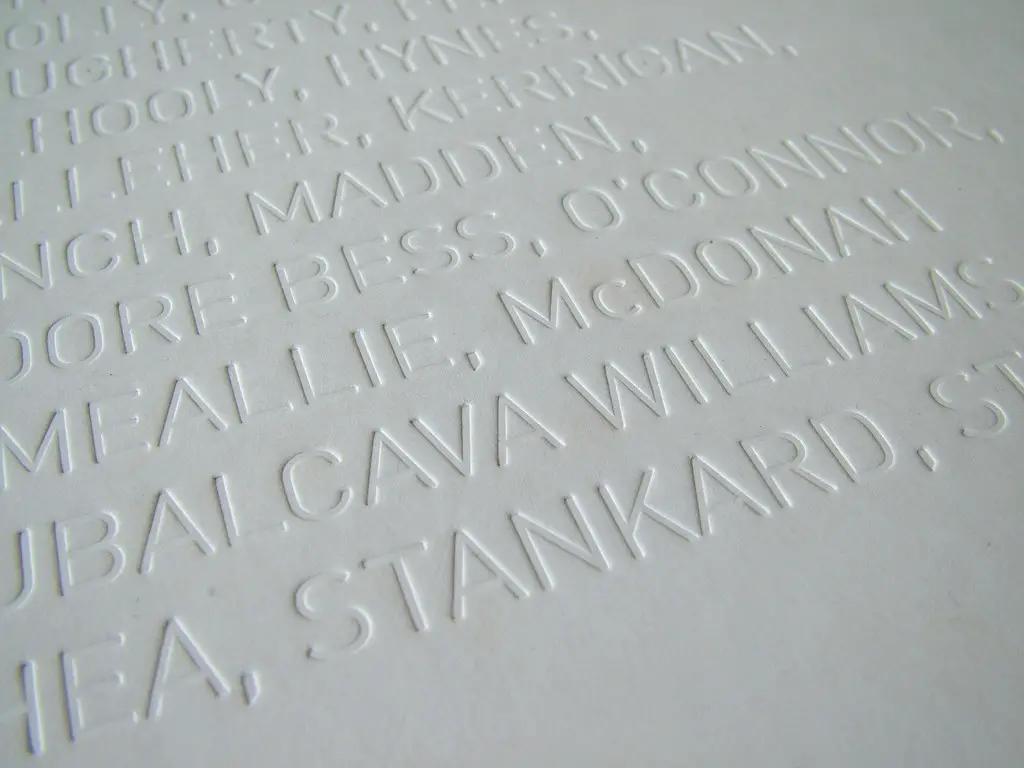
The embossed or debossed is now a regular feature in memos. The embossing and debossing techniques are even being used in office environments as it helps direct employees to the important information in office memos. Like the work that needs to be handled on short notice.
Thus, you could say that these techniques help direct people’s attention to the important information on a piece of printed paper.
This use is most commonly used by brochures, rack cards, or postcard makers to direct their reader’s attention to some information that they’re trying to sell.
Magnifying and Highlighting a Logo
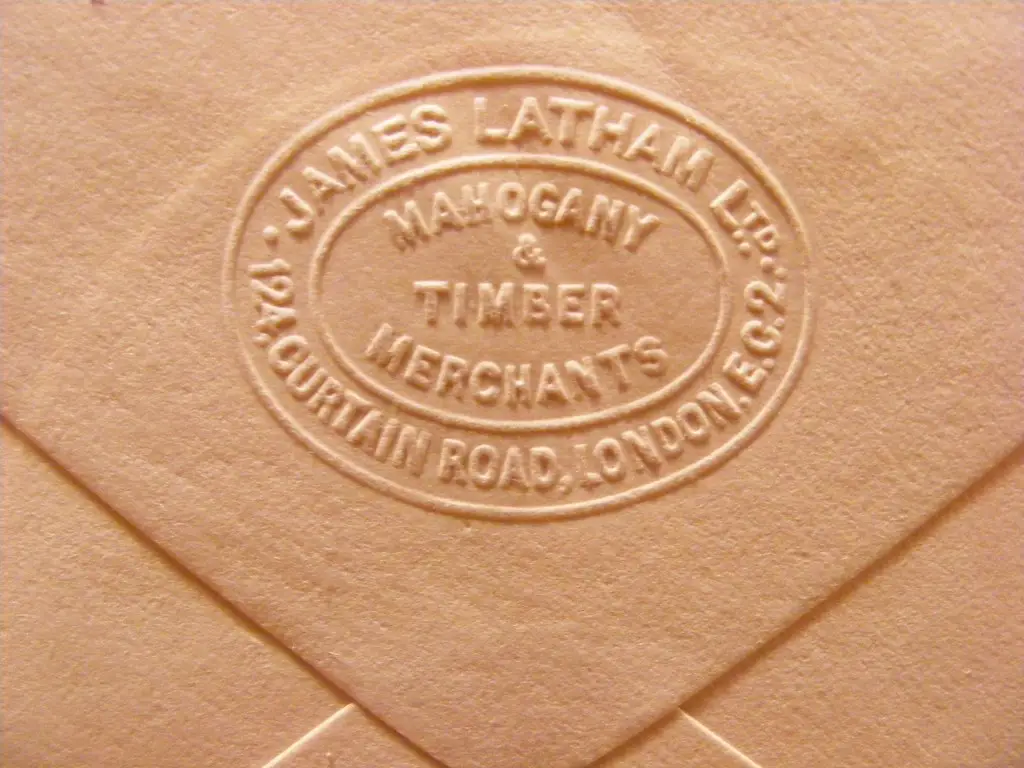
What’s the cheapest way to market yourself and your brand to your customers? Through embossing and debossing your logo on your products of course.
However, this technique does just work for manufacturers who deal in physical products. Nevertheless, if you’re a seller of stationery, liquor, or any other physical product, magnifying your logo through embossing or debossing on the labels of bottles, letterheads, envelopes and even your business cards is definitely a good idea.
Creating Braille Books
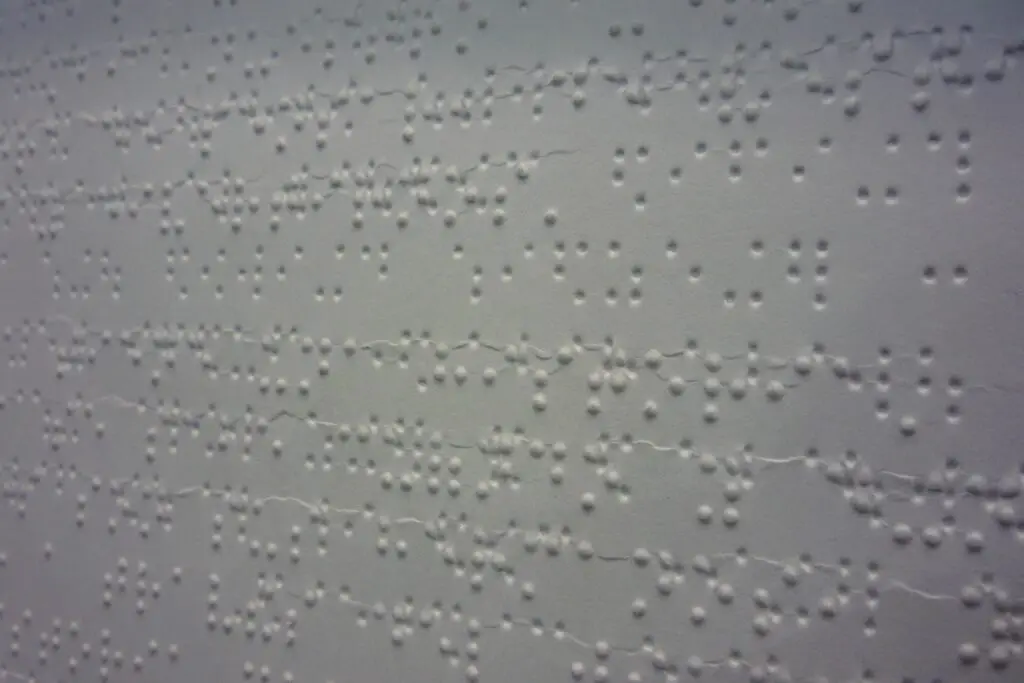
Each person on this earth should be afforded the privilege of reading, even those of us who are blind. This is why the most useful and important application of embossing and debossing in today’s world is in the creation of braille books.
Braille books are replicas of printed books but consist of distinct patterns created by debossing or embossing techniques, that blind people can feel to read with their sense of touch rather than their sight.
Final Thoughts
In conclusion, embossing and debossing are two popular printing techniques used to add texture and depth to a printed image or design. While the two techniques may appear similar at first glance, there are key differences between them that set them apart.
Embossing creates a raised image, whereas debossing creates a recessed image. The die is pressed into the material in opposite directions in embossing and debossing.
Embossing tends to be more expensive than debossing because it requires a separate die for each color in the design. Both techniques can be used on a variety of materials and can be combined to create a more dramatic effect.
With that said, we certainly hope you’ve increased your knowledge of embossed and debossed printing techniques through this article and that you now have a clear idea of where they’re used.

